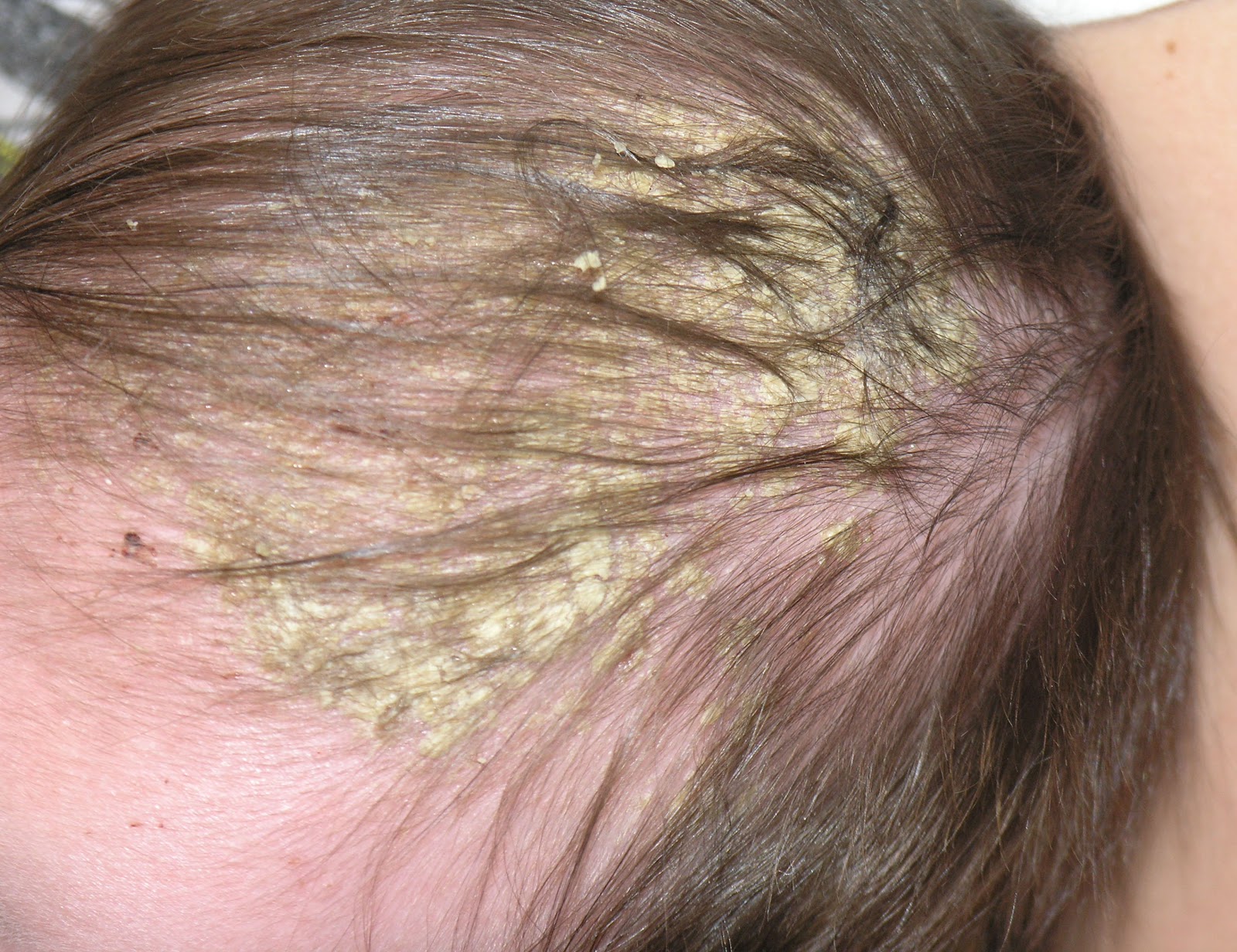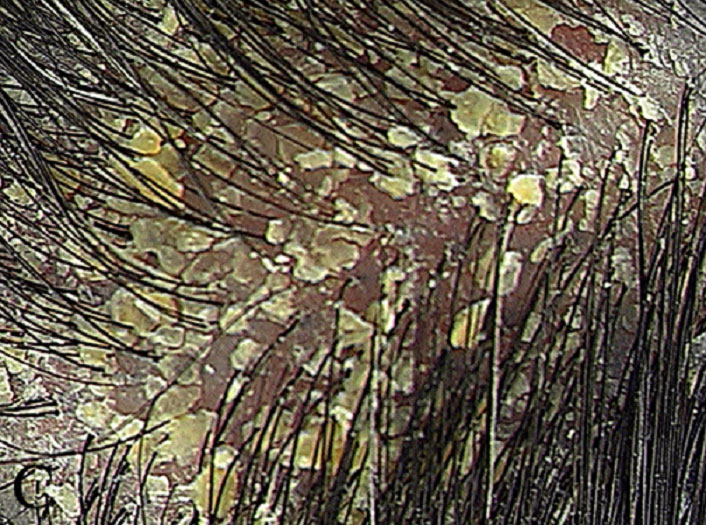Cradle cap, also known as seborrheic dermatitis in infants, is a common skin condition that affects newborns and young babies. It appears as scaly, greasy patches on the scalp and sometimes other areas of the body. While it may look concerning to parents, cradle cap is generally harmless and tends to resolve on its own with proper care. In this article, we will explore the causes, symptoms, and ways to manage and care for this condition.

What Is Cradle Cap?
Cradle cap is a form of dermatitis that primarily affects infants during their first few months of life. The condition is characterized by yellowish or white scales, crusts, or flakes on the scalp. Although it most commonly occurs on the scalp, it can also appear on other oily parts of the body, such as the face, ears, and neck. Despite its appearance, cradle cap does not cause discomfort or itching for most babies.
Is Cradle Cap Common?
- Cradle cap is very common and affects up to 10 percent of infants.
- It typically begins within the first few weeks after birth and usually resolves by the time the baby is six to twelve months old.
- The condition is not contagious and does not indicate poor hygiene or neglect.
Causes of Cradle Cap
The exact cause of cradle cap remains unclear, but researchers believe it is linked to several factors. Understanding these factors can help parents better manage the condition and reduce its severity.
Overactive Oil Glands
Newborns have oil-producing glands that are still developing. In some cases, these glands produce excess oil, leading to the buildup of dead skin cells on the surface of the skin. This excess oil can trap these cells, resulting in the characteristic scaly patches seen in cradle cap.
Hormonal Influence
During pregnancy, hormones from the mother pass to the baby through the placenta. These hormones can stimulate the baby’s oil glands, making them more active than usual. After birth, the influence of these hormones gradually diminishes, but they may contribute to the development of cradle cap during the early months of life.
Yeast Overgrowth
Some studies suggest that a type of yeast called Malassezia may play a role in the development of cradle cap. This yeast naturally lives on the skin but can sometimes grow excessively, leading to inflammation and flaking. Babies with cradle cap may have higher levels of this yeast on their skin compared to those without the condition.
Genetic Factors
In some cases, cradle cap may run in families. If one or both parents experienced similar skin conditions as infants, their child may be more likely to develop cradle cap. However, this connection is not fully understood and requires further research.
Symptoms of Cradle Cap
Cradle cap has distinct physical characteristics that make it easy to identify. Recognizing these symptoms can help parents differentiate cradle cap from other skin conditions and seek appropriate care.
Scaly Patches on the Scalp
The most noticeable symptom of cradle cap is the presence of thick, greasy, or crusty patches on the scalp. These patches are often yellow or white in color and may appear in clusters. They are not painful or itchy for the baby but can become more prominent if left untreated.
Oily Skin
Babies with cradle cap may have oily or shiny skin in the affected areas. This oiliness is due to the overproduction of sebum, which contributes to the formation of scales and flakes.
Mild Redness
In some cases, the skin beneath the scales may appear slightly red or inflamed. This redness is usually mild and does not indicate an infection. However, if the redness worsens or spreads, it may be a sign of another skin condition that requires medical attention.
Patches Beyond the Scalp
While cradle cap primarily affects the scalp, it can also occur on other parts of the body. Common areas include the eyebrows, behind the ears, and the folds of the neck. These patches may look similar to those on the scalp but are typically less severe.
How to Care for Cradle Cap
Managing cradle cap involves gentle cleansing and regular maintenance to prevent the buildup of scales and flakes. With consistent care, the condition can improve significantly over time.
Gentle Shampooing
One of the simplest ways to care for cradle cap is by washing the baby’s scalp regularly with a mild shampoo. Follow these steps for effective cleaning:
- Use lukewarm water to wet the baby’s scalp.
- Apply a small amount of baby shampoo and gently massage it into the scalp using your fingertips.
- Rinse thoroughly to remove all traces of shampoo.
- Pat the scalp dry with a soft towel.
Avoid scrubbing or picking at the scales, as this can irritate the skin and potentially lead to infection.
Using Baby Oil or Petroleum Jelly
Applying a small amount of baby oil or petroleum jelly to the affected areas can help soften the scales. Leave the oil on for about 15 minutes before shampooing as usual. This process can make it easier to remove the flakes without damaging the underlying skin.
Brushing the Scalp
A soft-bristled brush or a fine-toothed comb can be used to gently loosen and remove the scales. Be sure to use light pressure to avoid irritating the baby’s delicate skin. Regular brushing can help keep the scalp clean and reduce the buildup of flakes.
Avoiding Harsh Products
Parents should avoid using adult shampoos, medicated treatments, or harsh chemicals on the baby’s scalp unless specifically recommended by a pediatrician. These products can irritate the skin and worsen the condition.
When to See a Doctor
While cradle cap is generally harmless, there are certain situations where consulting a doctor is advisable. Seek medical advice if:
- The patches spread rapidly or cover large areas of the body.
- The baby shows signs of discomfort, such as excessive crying or scratching.
- The skin becomes increasingly red, swollen, or oozes fluid.
- The condition does not improve despite consistent care over several weeks.
A pediatrician may recommend medicated shampoos or topical treatments to address persistent or severe cases of cradle cap.
Preventing Cradle Cap
Although it is not always possible to prevent cradle cap, parents can take steps to minimize its occurrence and severity.
Regular Scalp Care
Maintaining a routine of gentle scalp care can help prevent the buildup of scales and flakes. Washing the baby’s hair two to three times a week with a mild shampoo is often sufficient to keep the scalp healthy.
Avoiding Excessive Moisture
While keeping the scalp clean is important, avoiding excessive moisture can also help. Over-washing or leaving the scalp damp for long periods may exacerbate the condition. Ensure the scalp is thoroughly dried after each wash.
Monitoring for Changes
Keep an eye on the baby’s skin and scalp for any changes in texture, color, or appearance. Early detection of new symptoms can help address potential issues before they worsen.
Common Misconceptions About Cradle Cap
There are several misconceptions about cradle cap that can cause unnecessary worry for parents. Understanding the facts can help alleviate concerns and promote proper care.
Myth: Cradle Cap Indicates Poor Hygiene
Contrary to popular belief, cradle cap is not caused by poor hygiene or neglect. It is a natural condition that arises from factors beyond parental control, such as hormonal influences and overactive oil glands.
Myth: Cradle Cap Is Contagious
Cradle cap cannot be transmitted from one baby to another. It is not caused by bacteria, viruses, or external contaminants, so there is no risk of spreading the condition.
Myth: Cradle Cap Requires Aggressive Treatment
In most cases, cradle cap does not require aggressive treatment. Simple home remedies and gentle care are usually sufficient to manage the condition effectively.
Final Thoughts
Cradle cap is a common and manageable condition that affects many infants. By understanding its causes, recognizing its symptoms, and following proper care practices, parents can ensure their baby’s comfort and well-being. While it may take time for the condition to resolve completely, patience and consistency are key to achieving positive results.





